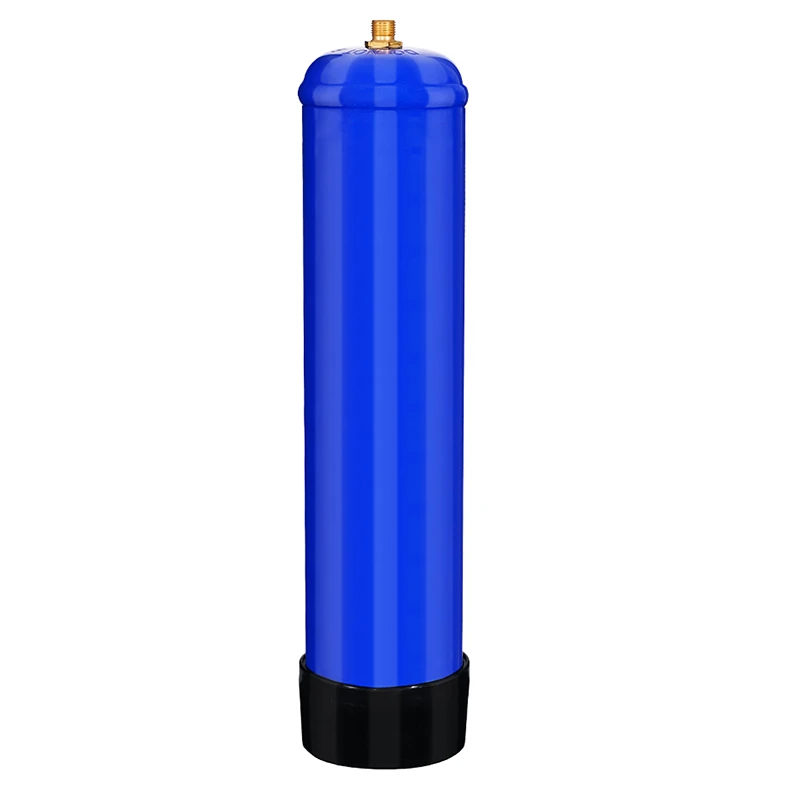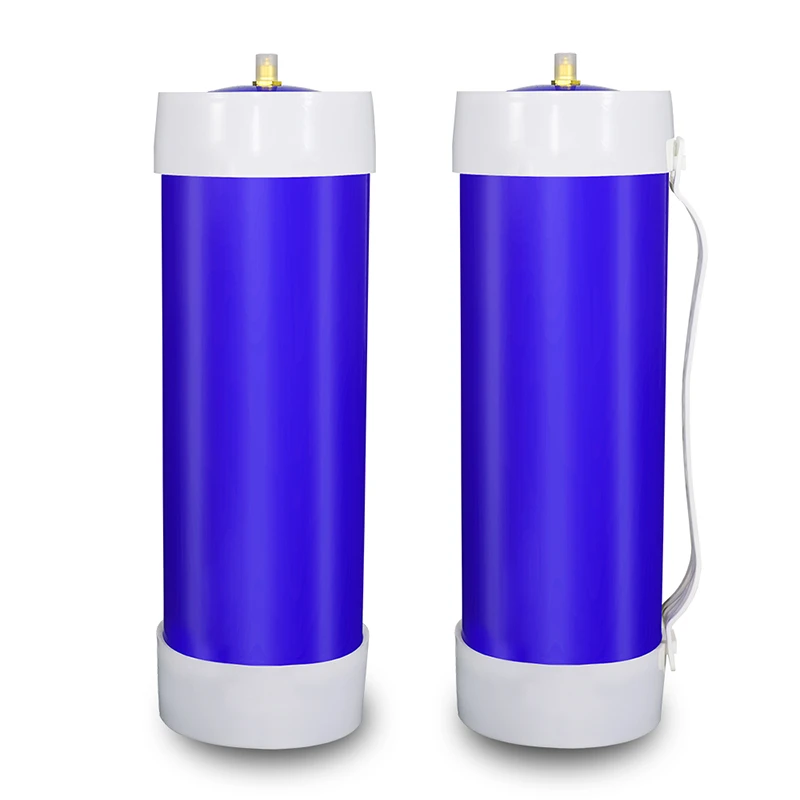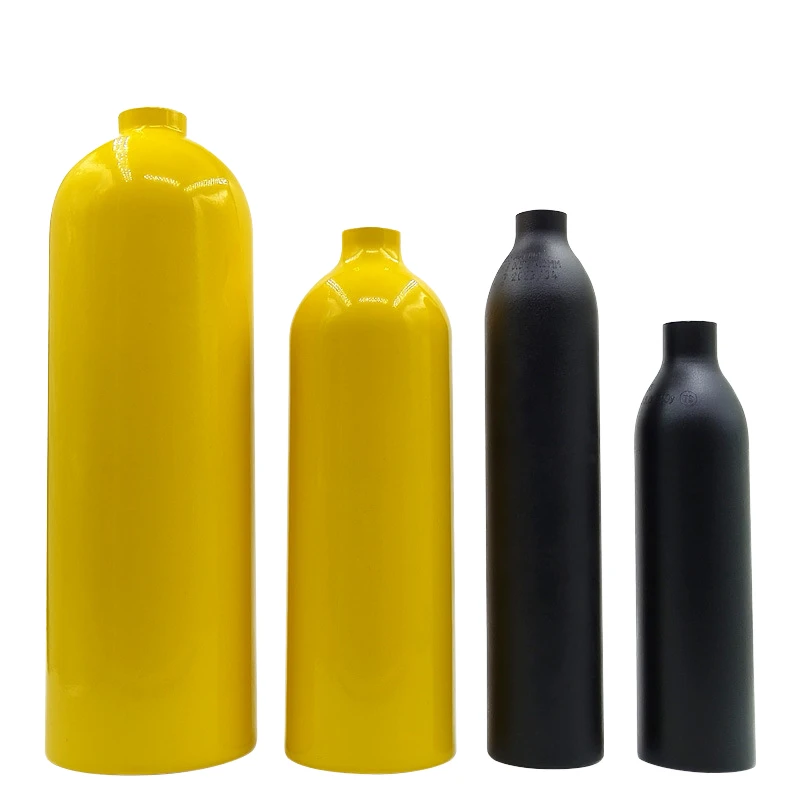
From "Laughing Gas" to Lifesaver: A Deep Dive into the Critical Role of N2O in Modern Medicine
In popular culture, nitrous oxide (N₂O) is most widely known by its moniker, "laughing gas," often associated with recreational use or the giddy, lightheaded feeling experienced at a dental clinic. However, this simplistic view obscures its profound and serious role in modern healthcare. Far from being just a party trick, medical-grade nitrous oxide is an indispensable tool and a cornerstone of pain management and sedation across various medical disciplines.
In this article, we will move beyond the myths to explore the science of N₂O, its key applications, the crucial role of its storage and handling in specialized tanks, and the stringent safety protocols that govern its use.
The Medical Science Behind Nitrous Oxide (N₂O)
The medical efficacy of N₂O lies in its unique effects on the central nervous system. When inhaled, it works through several mechanisms:
- Analgesic (Pain Relief): N₂O interacts with neurotransmitter pathways in the brain and spinal cord, effectively dulling the perception of pain without causing a complete loss of sensation.
- Anxiolytic (Anti-Anxiety): It produces a calming, relaxing effect on the central nervous system, significantly reducing patient anxiety and fear during medical procedures.
- Weak Anesthetic: While not potent enough to induce full surgical anesthesia on its own, N₂O is a vital component of "balanced anesthesia." When used with other anesthetic agents, it reduces the required dosage of more potent drugs, thereby minimizing their side effects. This is often referred to as the "second gas effect."
Its rapid onset, quick recovery time, and minimal impact on respiratory and cardiovascular functions give it a favorable safety profile for a wide range of patients.
Key Medical Applications of N₂O
The versatility of nitrous oxide allows it to be a trusted agent in numerous clinical settings:
- Dentistry: This is perhaps its most famous application. For patients undergoing procedures like root canals, extractions, or implants, N₂O provides excellent "conscious sedation." It keeps patients relaxed and cooperative without putting them to sleep, making the dental experience far less traumatic.
- Anesthesiology: In the operating room, N₂O is a reliable adjunct to general anesthesia. By supplementing more powerful anesthetics, it helps maintain a stable state of anesthesia with fewer cardiovascular complications.
- Obstetrics: For managing the intense pain of labor, a mixture of 50% N₂O and 50% oxygen (known as Entonox) is a popular choice. It is often self-administered by the mother, empowering her with a sense of control over her pain relief.
- Emergency Medicine: In emergency rooms and by paramedics in the field, N₂O is invaluable for providing rapid, short-term pain relief for acute injuries like bone fractures, joint dislocations, or wound care. The portability of smaller tanks makes it ideal for pre-hospital settings.
- Dermatology: In a more specialized application, N₂O is used as a cryogen in cryosurgery. Its freezing properties are harnessed to destroy benign skin lesions like warts and verrucas.
Storage and Supply: The Critical Role of N₂O Tanks
The safe and effective delivery of N₂O depends entirely on its proper storage and handling in high-pressure cylinders, or tanks.
- Storage and Specifications: N₂O is stored as a liquid under high pressure in robust steel or aluminum cylinders. To prevent catastrophic mix-ups with other medical gases, these tanks adhere to strict international color-coding standards—typically a distinctive blue (under ISO 32) for N₂O. These tanks range in size from small, portable cylinders for dental offices and ambulances to large, manifolded banks for a hospital's central pipeline system.
- Quality is a Lifeline: The distinction between recreational and medical-grade N₂O is a matter of life and death. Medical-grade N₂O must meet exceptionally high purity standards, guaranteed to be free from any contaminants that could harm a patient. A reputable supplier ensures this quality through rigorous testing, certification, and traceability throughout the supply chain.
Safety First: Protocols and Risk Management
The benefits of N₂O are only realized when its risks are meticulously managed.
- Patient Safety: N₂O is not suitable for all patients. It is contraindicated in cases of pneumothorax, bowel obstruction, certain eye surgeries, and severe vitamin B12 deficiency. Furthermore, to prevent "diffusion.
-
Your Secret to Next-Level Steak: Happywhip N2O Culinary FoamNewsAug.01,2025
-
Beyond Whipped Cream: The Chef's Secret to Elevating Your Meat Dishes with N2ONewsJul.31,2025
-
Rapid Ice Cream Preparation with N₂O Cream ChargersNewsJul.25,2025
-
Whipped Cream Charger Threaded Valve Sealing Test, Cream ChargerNewsJul.14,2025
-
Whipped Cream Charger Tailored Threaded Nozzle DesignNewsJul.14,2025
-
Scuba Oxygen Cylinder Thermal Insulation CoatingNewsJul.14,2025
-
Gas Cylinder Manufacturers Stainless Steel Valve DesignNewsJul.14,2025
Related Products







